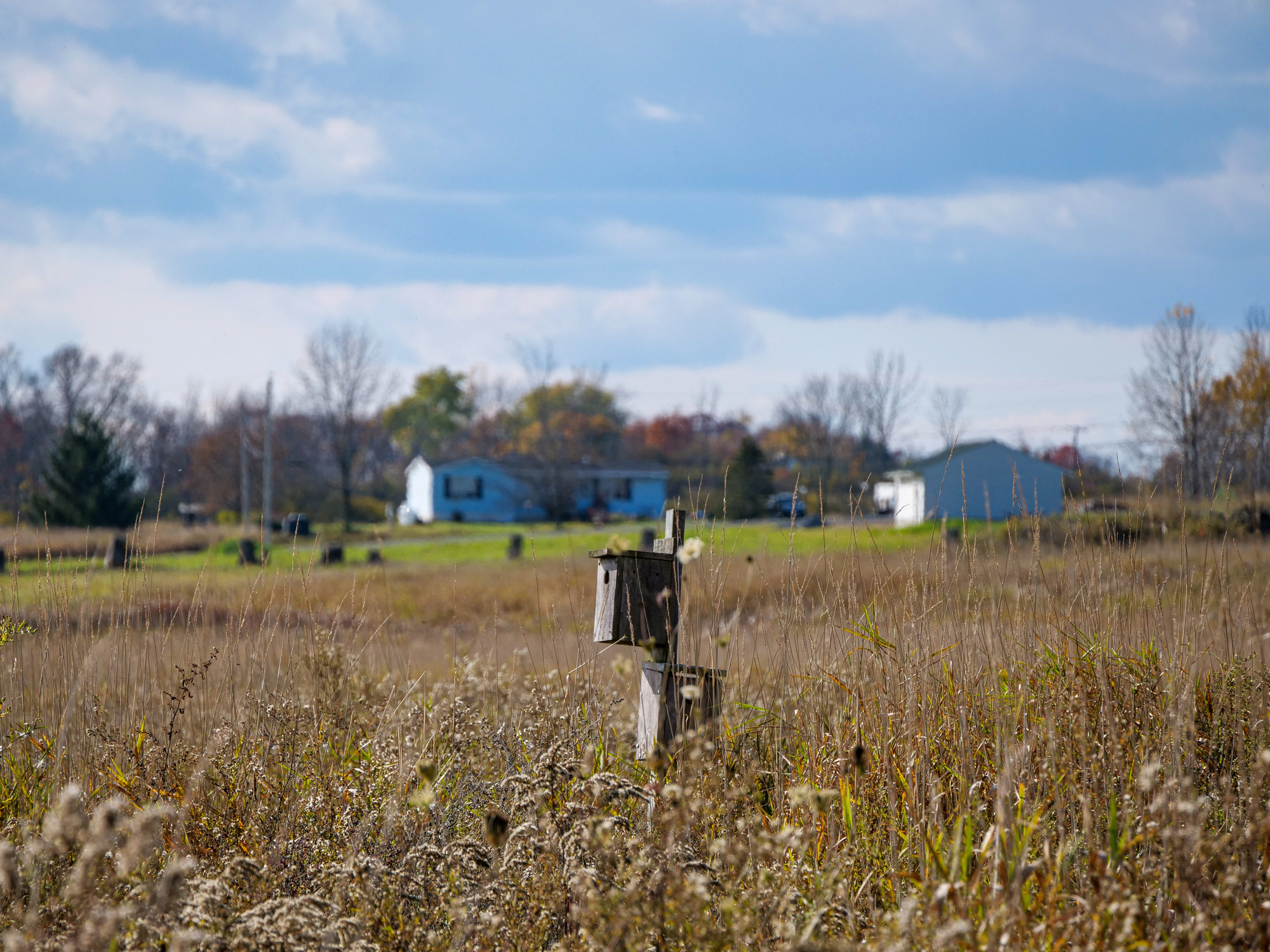Professor Is Editor, Author of New Book on Rural Health.

Professor Is Editor, Author of New Book on Rural Health
Timothy Callaghan penned chapters on healthcare access and cancer disparities in Rural Healthy People 2030, published every 10 years to examine the most important health topics for rural Americans.
Comprised of one in five US residents, rural America is no monolith—each community faces unique health challenges and priorities that vary greatly from urban health issues and reflect distinct differences in cultural, social, economic, and geographic characteristics.
Timothy Callaghan, associate professor of health law, policy & management, is tackling these issues as an editor and contributing author of Rural Healthy People 2030, an edited book volume that is published once per decade to examine the most pressing health concerns of residents in rural communities.
The publication is a companion to the Healthy People initiative, a set of national objectives that aim to improve health and well-being. Spearheaded by the Southwest Rural Health Research Center at Texas A&M University, Rural Healthy People 2030 identifies and examines the top 20 rural health priorities for the current decade, based on survey responses from rural health leaders on a myriad of topics. The authors present a wealth of evidence-based research, resources, and policy solutions that can inform local, state, and federal efforts to reduce rural health disparities and meet the overall needs of these communities.
“Our hope is that Rural Healthy People 2030 helps people to better understand the biggest challenges rural Americans face in improving their health,” says Callaghan, who previously outlined several of these challenges in the journal Preventive Medicine Reports and in a policy brief for the Federal Office of Rural Health Policy. “We believe that our findings will be useful to policy leaders in identifying health policy areas in particular need of policymaking and funding support. We think they will also be useful to health experts in tracking how rural health priorities have evolved over time, and help them to identify areas in need of further research.”
The survey responses provide valuable insight into how rural residents’ health priorities have changed over the last few decades. For the first time since the initiative began with the 2010 edition, rural experts ranked mental health and addiction as their top two current rural health priorities, respectively, while healthcare access and quality dropped from the top spot to third for the first time, as well. These changes likely reflect, in part, the mental health challenges exacerbated by the pandemic, as well as the opioid epidemic and other substance misuse issues that continue to afflict many people across the country.
Economic stability was a new addition to the list of top 10 priorities, as 85 percent of “persistently poor” US counties are located in nonmetropolitan areas.
In addition to editing the book, Callaghan wrote two of its chapters which focus on healthcare access and quality, and disparities in cancer. The fact that rural stakeholders no longer consider healthcare access and quality to be their chief priority is “a positive sign of progress over the last decade”—but still an important issue, he says, as this progress remains uneven across rural communities, particularly in the South, Mountain West, and Great Plains.
“Thanks in large part to the passage of the Affordable Care Act, the number of uninsured rural American has dropped significantly over the past decade,” Callaghan says. “Critically, however, disparities remain in healthcare access between rural and urban Americans. We need to focus policy efforts to address continued hospital closures in rural America, and to confront provider shortages in rural communities.”
In the chapter on cancer, Callaghan and colleagues detail disparities in cancer prevalence and mortality rates. Cancer was ranked 12th on rural experts’ list of priorities, but rural Americans still experience difficulties accessing screening services, treatment, and survivorship support, as many people live between two and five hours away from these services. Compared to urban residents, mortality rates for rural residents are 10 percent higher for lung and bronchial cancers, 5 percent higher for colorectal cancer, and 2 percent higher for female breast cancer. Mortality rates for breast and prostate cancer are also significantly higher for Black residents, and Hispanic residents had the highest incidence of late-stage cervical cancer.
“As cancer costs continue to grow, effective primary prevention should target interventions to reduce pollution and toxins, obesity, smoking and alcohol disparities,” Callaghan writes in the chapter, also emphasizing the need to improve screening strategies and other interventions. “Rather than a small subset of states, all 50 states need rural-specific cancer strategies in their comprehensive cancer control plans.”
Broadly, Callaghan’s research focuses on how politics, policy, and place work together to influence health in America. Since joining SPH in 2022, he has published several papers on healthcare access, as well as health attitudes and behaviors. He is also the 2023 recipient of the David Kline Jones Distinguished Scholar Award, established in 2022 in honor of the late David Jones, an associate professor of health law, policy & management at SPH whose research focused on the intersections of policy, race, and social determinants of health among vulnerable populations in both rural and urban America. The award recognizes a junior or mid-career scholar for their distinguished contributions to the field of health policy and politics.